Free Islamic fashion Image Generator
Just imagine, and we'll instantly return a variety of personalized Islamic fashion images—designed to bring your creativity to life! Generated by
- 4:3
- 3:4
- 1:1

image.state.default

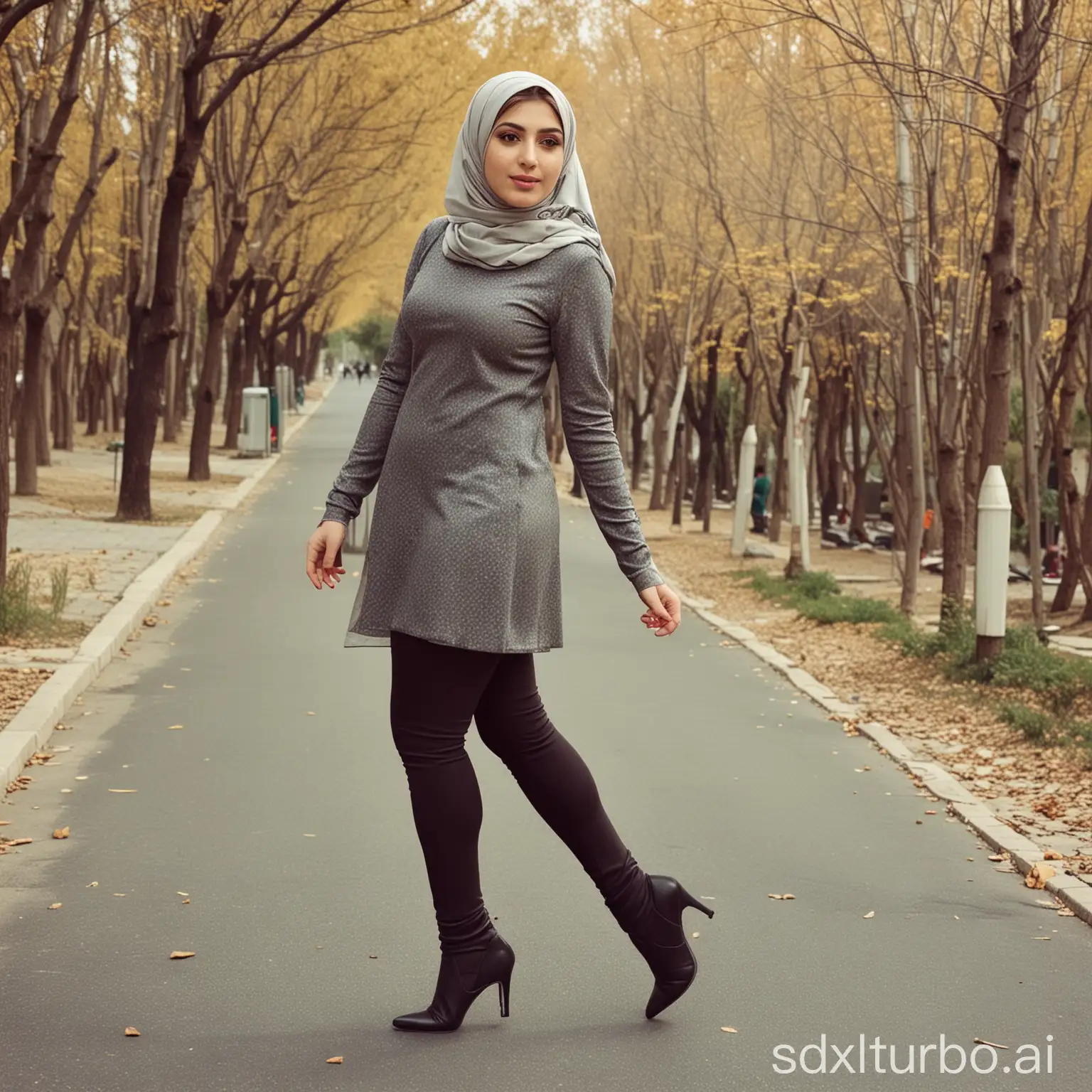
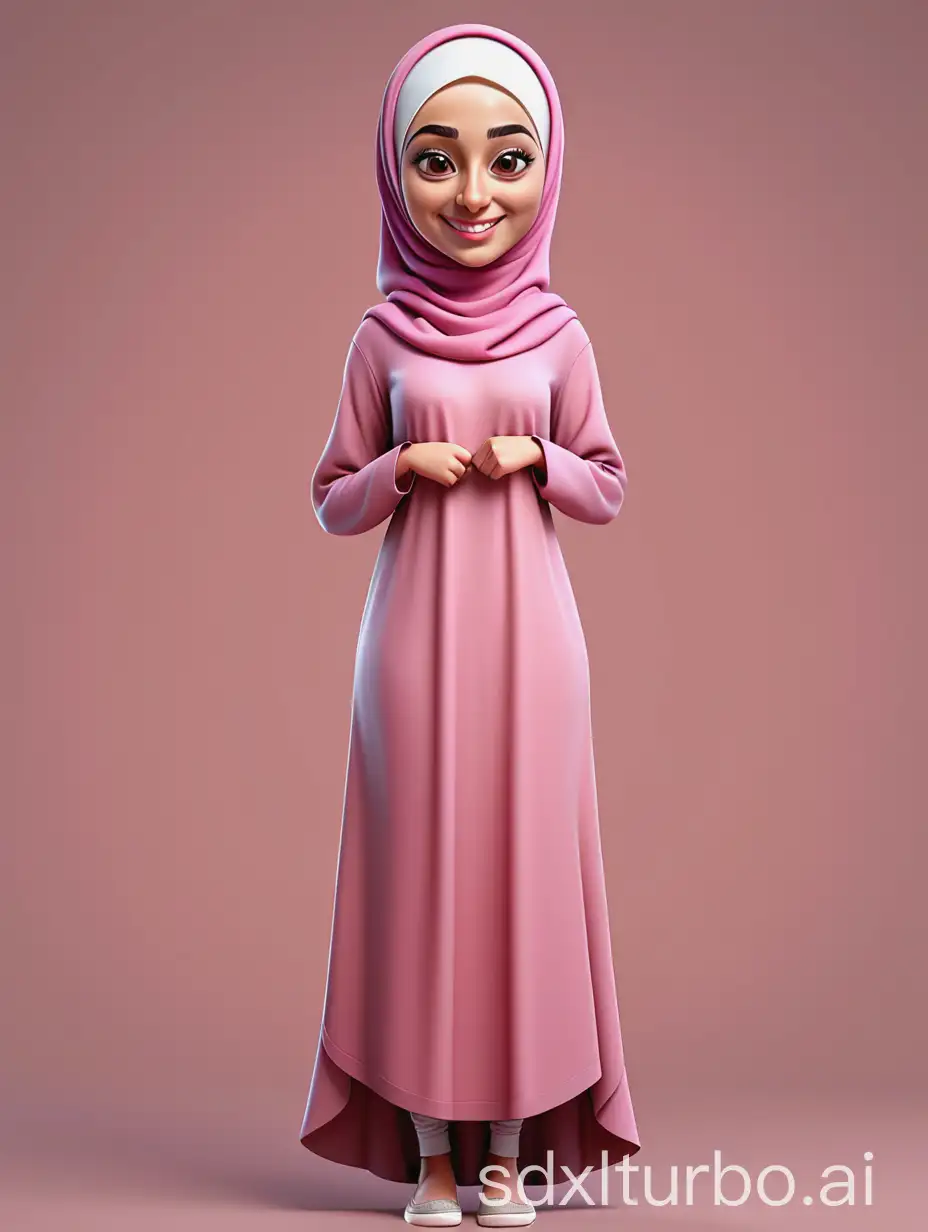
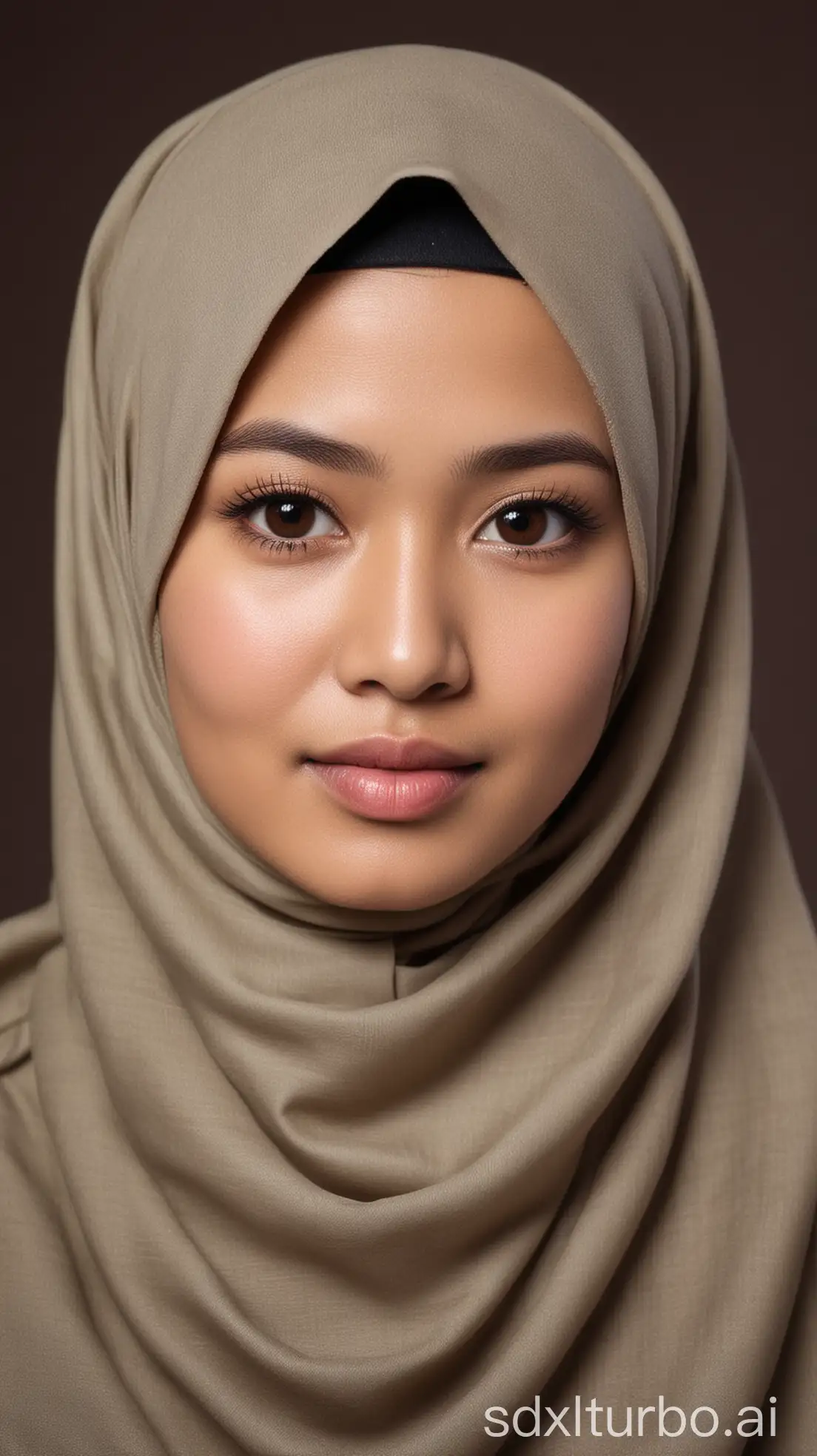
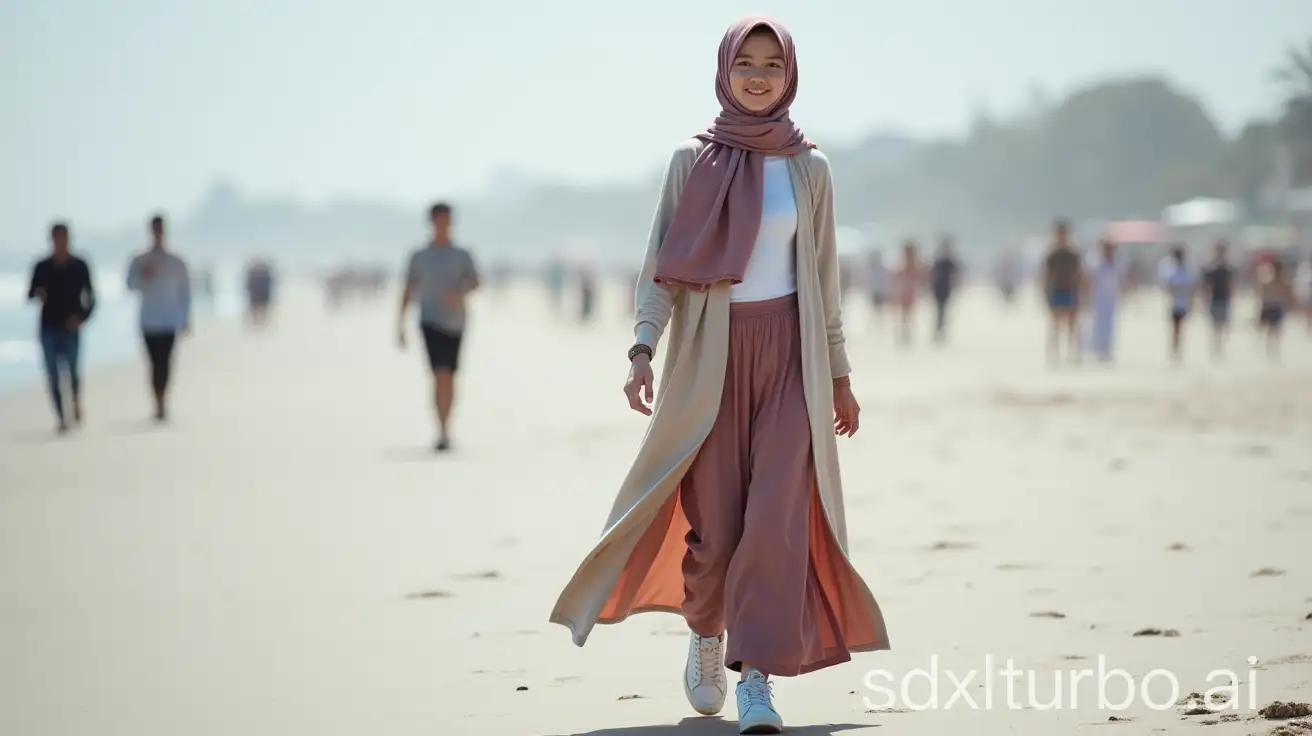
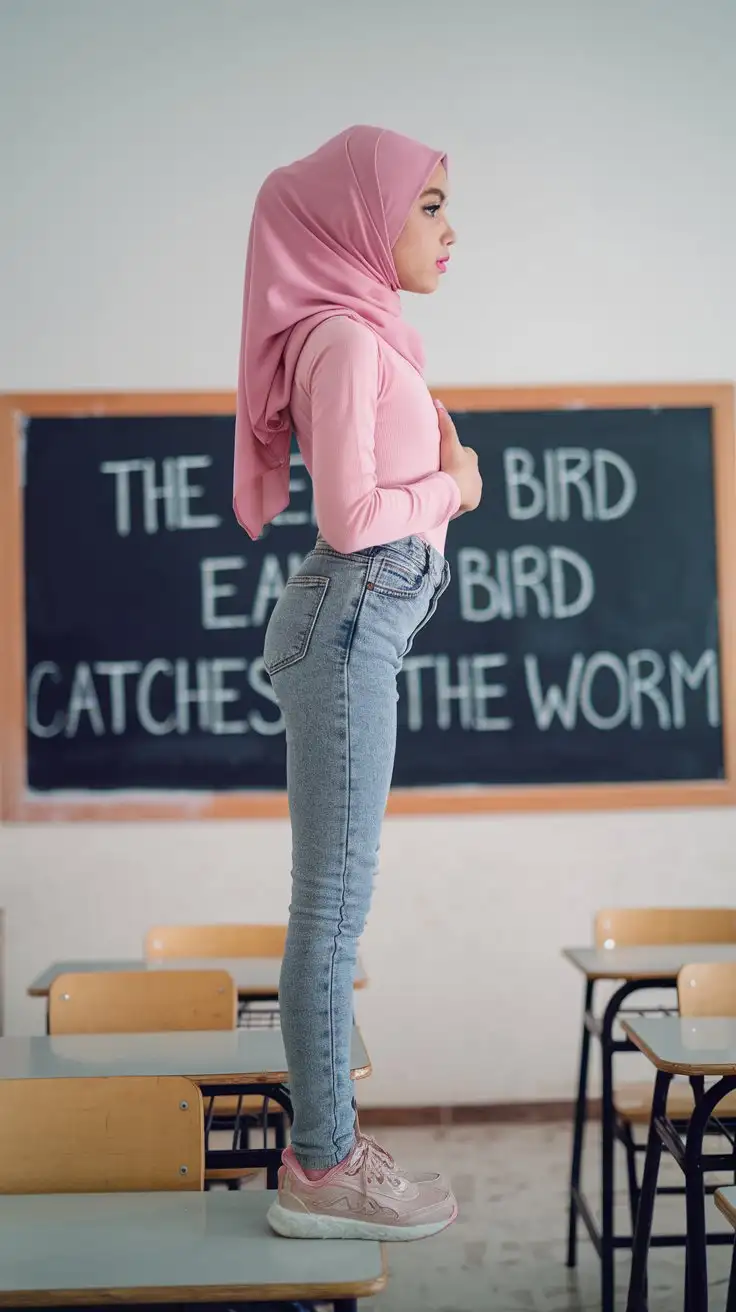
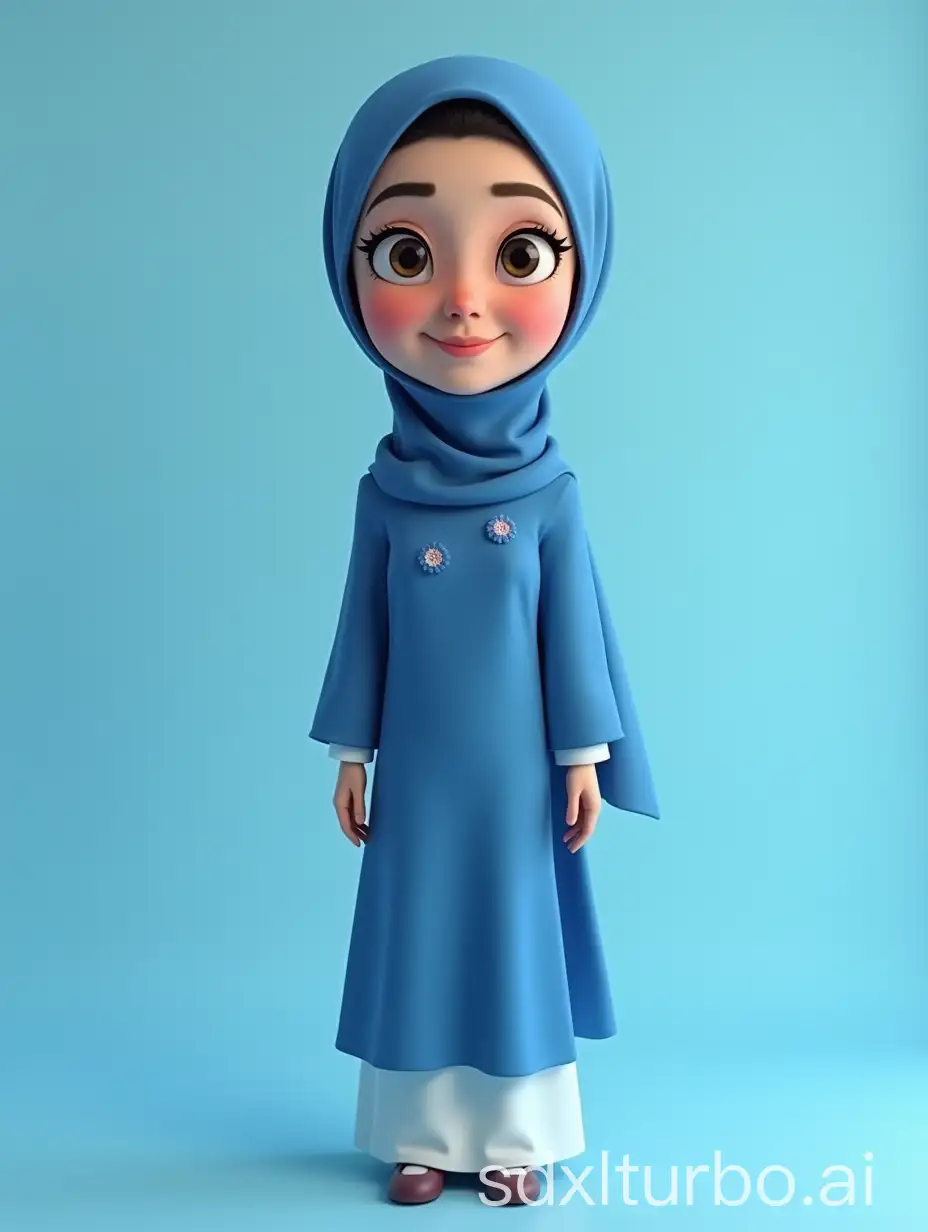
Related Tags
Islamic fashion represents modest attire adhering to religious guidelines, while reflecting a rich cultural heritage. It emphasizes covering the body with stylish, yet respectful clothing, often blending modern designs with traditional elements such as the hijab, abaya, and kaftan. With growing global recognition, Islamic fashion is not only about modesty but also about individual expression through intricate patterns, luxurious fabrics, and cutting-edge designs. This balance between faith and fashion makes it a captivating topic for designers and enthusiasts alike.
Understanding Islamic Fashion: Definition and Cultural Significance
The primary characteristics of Islamic fashion include modesty, elegance, and versatility. Long, loose-fitting garments, muted yet sophisticated colors, and high-quality fabrics like silk and cotton are commonly used. Modern applications of Islamic fashion extend beyond religious contexts, influencing mainstream fashion trends such as flowy maxi dresses, scarves, and tunics. The rise of modest fashion influencers and designers has further bridged the gap between traditional Islamic wear and contemporary fashion, making these designs more accessible and appealing globally.
Key Features of Islamic Fashion and Its Applications in Modern Design
Islamic fashion has made a significant cultural and economic impact worldwide. As modest fashion becomes more visible in global markets, brands are increasingly catering to this growing demand. Designers from both Islamic and non-Islamic backgrounds are introducing inclusive fashion lines that respect religious values while embracing contemporary style. Major fashion shows, such as those in Dubai and Jakarta, now feature modest fashion collections, highlighting how Islamic fashion has shaped global fashion industries and fostered diversity in design.
Islamic Fashion’s Impact on Modern Culture and Global Markets
The future of Islamic fashion is moving towards sustainable practices, personalization, and tech-driven innovation. With increasing interest in eco-friendly materials, many Islamic fashion brands are focusing on ethical production processes. AI-generated designs and digital fashion platforms are becoming popular tools for creating customizable modest fashion pieces. As the demand for personalized, culturally respectful fashion grows, the combination of tradition with modern technology will continue to shape the future of Islamic fashion.
Future Development Trends in Islamic Fashion